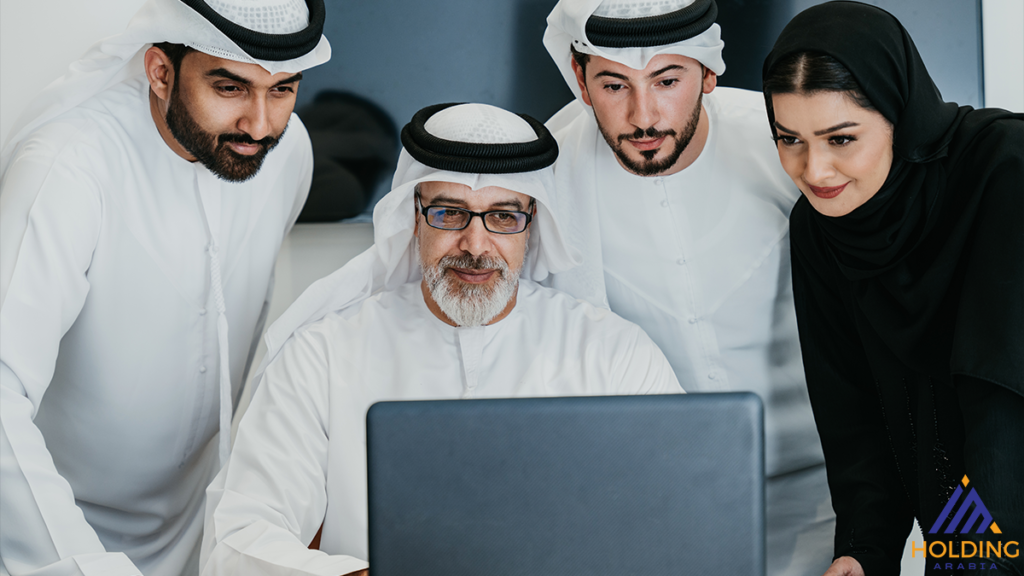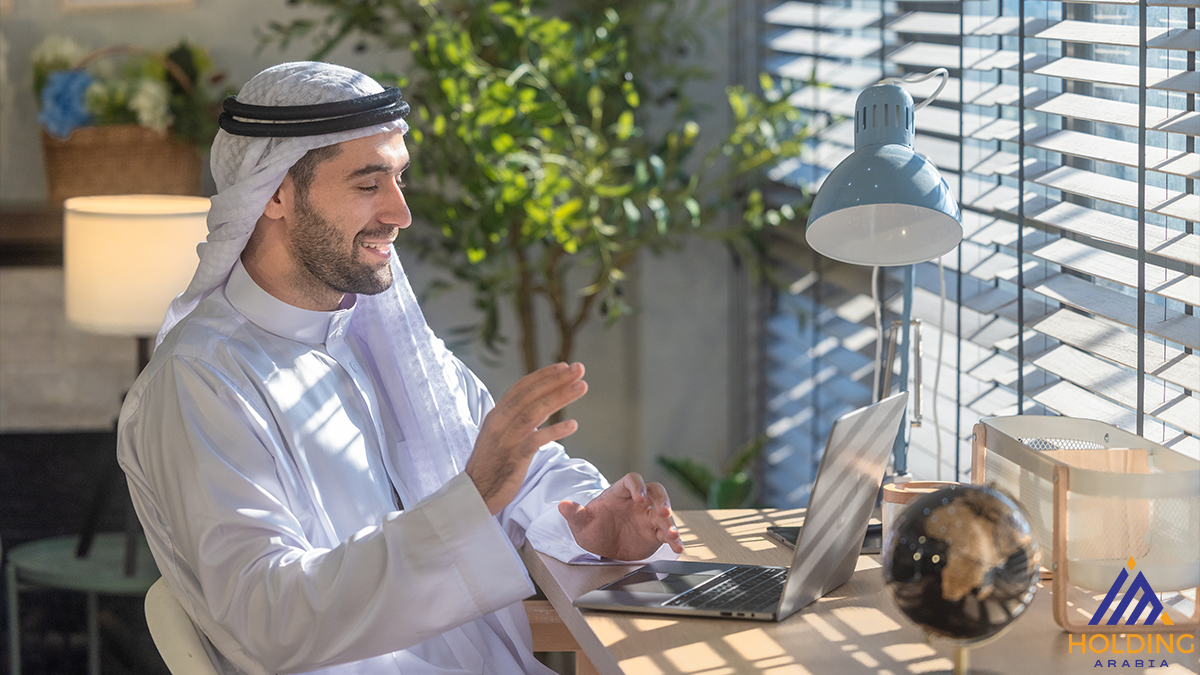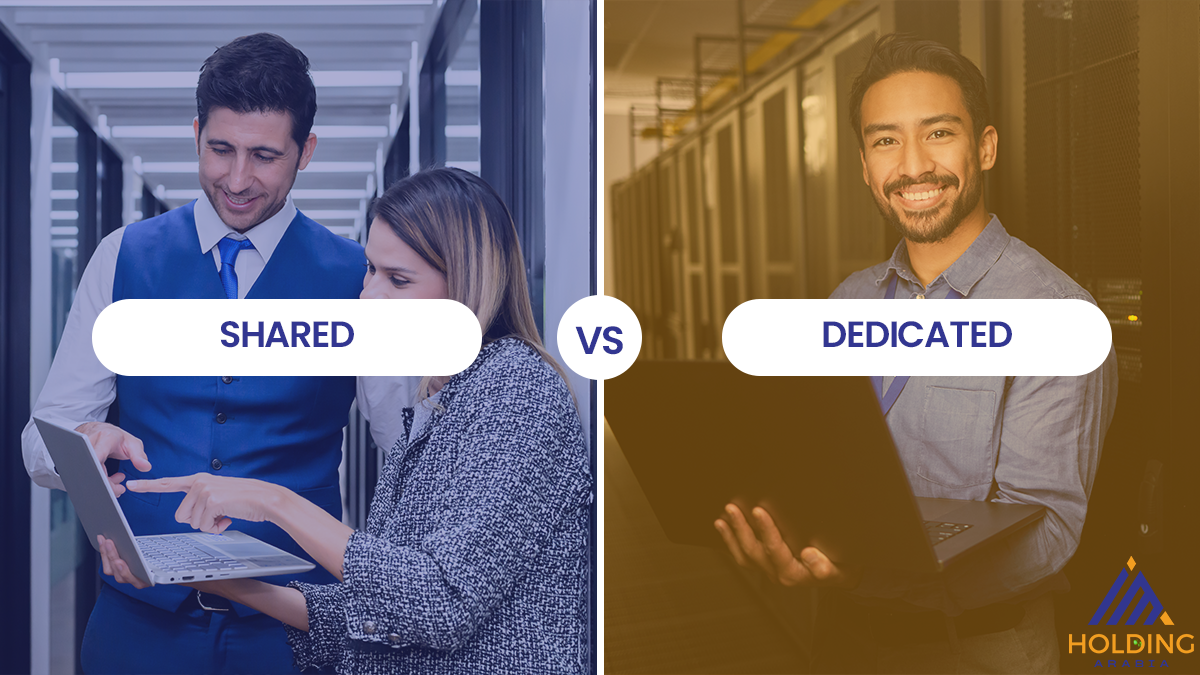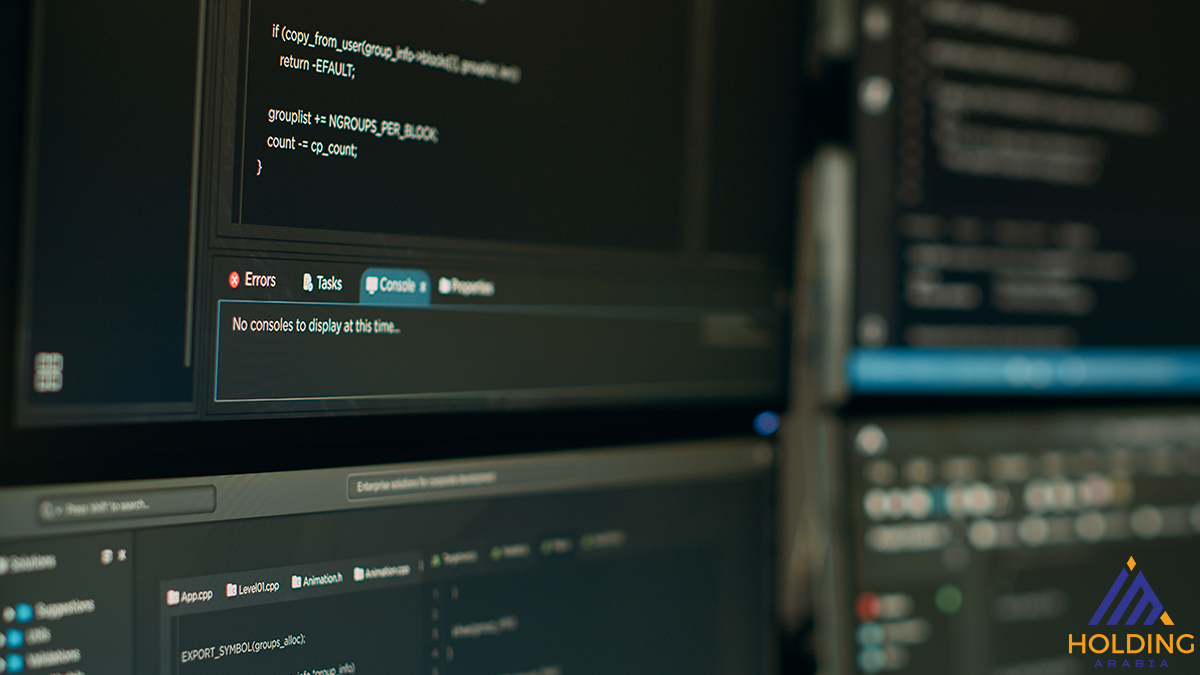Jeddah: Building Websites for Everyone, Including People with Disabilities
Jeddah, a vibrant hub of commerce and culture in Saudi Arabia, is experiencing a digital boom. Businesses and organizations are increasingly recognizing the importance of a strong online presence, leading to a surge in demand for web design services in the city. But as Jeddah builds its digital future, it's crucial to remember that "everyone" truly means everyone. This includes the significant population of people with disabilities, who deserve equal access to information and opportunities online. This article explores the critical need for inclusive web design in Jeddah, highlighting the differences between general website development and accessible design, their respective benefits, and the profound impact of creating a truly inclusive digital landscape.
The Digital Divide: Why Accessibility Matters
For many people, the internet is an essential instrument for communication, education, commerce, and leisure. However, for persons with impairments, the digital world can be a minefield of inaccessible design decisions. Individuals with visual, auditory, cognitive, or movement impairments may be excluded from poorly constructed websites, thus shutting them out of critical information and services. This digital gap perpetuates existing inequities and inhibits the ability of people with disabilities to fully engage in society.
In Jeddah, as businesses invest in web design, it's imperative that accessibility is not an afterthought but a core principle. Creating websites that are usable by everyone, regardless of their abilities, is not just a matter of social responsibility; it's also good business practice. By catering to a wider audience, businesses can expand their reach and tap into a significant market segment.
General Web Design vs. Accessible Web Design: Key Differences
While all web design aims to create functional and visually appealing websites, accessible design goes a step further by incorporating specific features and guidelines to ensure usability for people with disabilities. Here are some key differences:
- Visual Design: General web design often prioritizes aesthetics, sometimes at the expense of readability and contrast. Accessible design, on the other hand, emphasizes clear visual hierarchy, sufficient color contrast between text and background, and the use of alternative text for images. This ensures that users with low vision or color blindness can easily access and understand the content. For example, instead of relying solely on color to convey information, accessible websites use text labels or patterns as well.
- Navigation: Intuitive navigation is essential for all users, but it is especially necessary for those with cognitive or movement disabilities. Accessible websites have clear and consistent navigation menus, a logical site structure, and keyboard navigation alternatives. This enables visitors who are unable to use a mouse to effectively navigate the website using only their keyboard. Clear headers and subheadings also assist consumers understand how the content is organized and get the information they need fast.
- Content Structure: Accessible web design emphasizes well-structured content with clear headings, subheadings, and lists. This makes it easier for users, including those using screen readers, to understand the organization and hierarchy of the information. Screen readers are software programs that read the content of a website aloud, allowing visually impaired users to access the information. Properly structured content is essential for screen readers to interpret and convey the information accurately.
- Multimedia: Accessible websites offer different ways to access multimedia information like films and audio files. This involves providing video captions, audio transcripts, and audio descriptions of visual content. Captions help not only persons with hearing problems, but also others who live in noisy surroundings or want to watch movies without sound. Audio descriptions narrate the visual features of a video, making it more accessible to visually challenged users.
- Forms and Interactive Elements: Accessible websites make sure that all forms and interactive features, like buttons and links, are clearly labeled and simple to use with assistive devices. This involves giving clear directions for filling out forms, utilizing descriptive labeling for form fields, and making sure that error messages are clear and helpful.
Benefits of Accessible Web Design in Jeddah
Investing in accessible web design offers numerous benefits for businesses and organizations in Jeddah:
- Expanded Reach: Businesses that make their websites accessible can reach a larger audience, including a sizable population of persons with disabilities. This not only broadens their potential client base, but also demonstrates their dedication to diversity and social responsibility.
- Improved SEO: Many accessible design concepts, such as well-structured content and straightforward navigation, can also help with search engine optimization (SEO). This means that accessible websites are more likely to appear higher in search results, increasing visibility and visitors.
- Enhanced User Experience: Accessible design typically leads to a better user experience for everyone, not just those with impairments. Clear navigation, well-structured material, and user-friendly forms assist all users, regardless of ability.
- Legal Compliance: In many countries, including Saudi Arabia, there are laws and regulations that require websites to be accessible to people with disabilities. By investing in accessible web design, businesses can ensure compliance and avoid potential legal issues.
- Positive Brand Image: Making a commitment to accessibility and diversity can help a company's brand image and reputation. Customers are increasingly inclined to support businesses that are socially responsible and inclusive.
The Impact of Inclusive Web Design
The impact of inclusive web design extends far beyond simply making websites usable for people with disabilities. It creates a more equitable and inclusive digital environment where everyone has the opportunity to participate fully in society. Accessible websites empower people with disabilities to access information, connect with others, pursue education and employment opportunities, and participate in civic life.
In Jeddah, as the city continues to develop its digital infrastructure, it's crucial that accessibility is at the forefront of this development. By embracing inclusive web design principles, businesses and organizations can create a digital landscape that is truly for everyone. This requires a shift in mindset, from viewing accessibility as an optional add-on to recognizing it as an essential component of good web design. By investing in accessible web design services, Jeddah can build a more inclusive and equitable digital future for all its citizens.
Moving Forward: Implementing Accessible Design in Jeddah
Implementing accessible web design requires a collaborative effort from web developers, designers, content creators, and organizations. Here are some key steps to take:
- Education and Awareness: Raising awareness about the importance of accessibility and providing training on accessible design principles is crucial. This includes educating web design professionals in Jeddah on the latest accessibility guidelines and best practices.
- Accessibility Audits: Conducting regular accessibility audits of websites can help identify areas for improvement and ensure ongoing compliance. These audits can be done manually or using automated testing tools.
- User Testing: Involving people with disabilities in the web design process is essential for ensuring that websites are truly accessible and usable. User testing can provide valuable insights into the challenges faced by people with disabilities and help identify areas for improvement.
- Adopting Accessibility Standards: Following established accessibility standards, such as the Web Content Accessibility Guidelines (WCAG), is critical for developing accessible websites. The WCAG standard provides a set of widely accepted principles for improving web content accessibility.
By taking these steps, Jeddah can create a digital environment that is truly inclusive and accessible to everyone, which will benefit not only people with disabilities but also contribute to a more vibrant and equitable society. As Jeddah grows and develops, let us ensure that its digital future is built on the foundation of accessibility and inclusivity.




